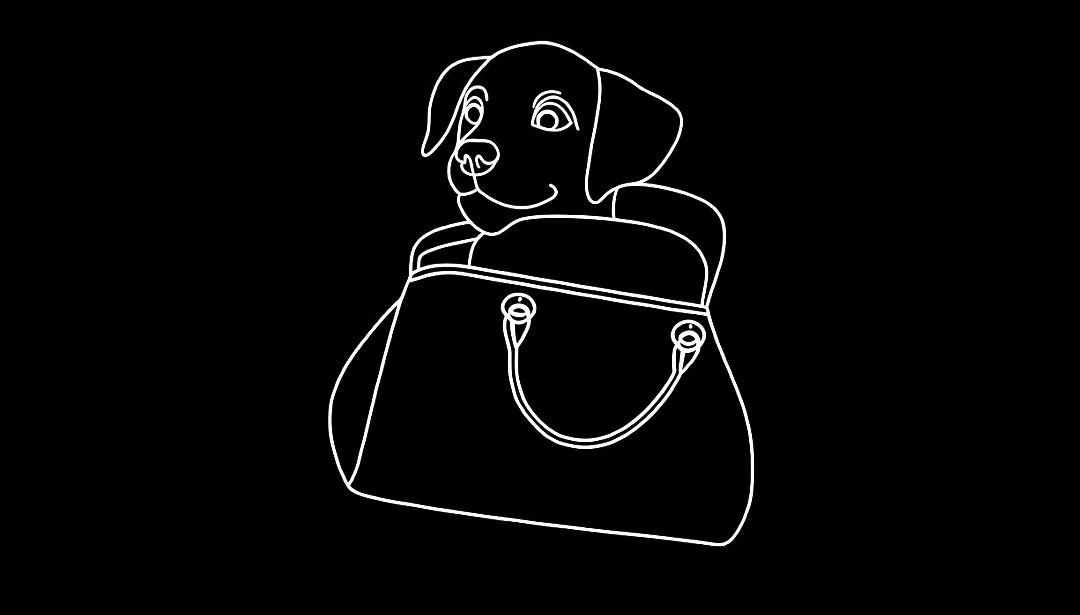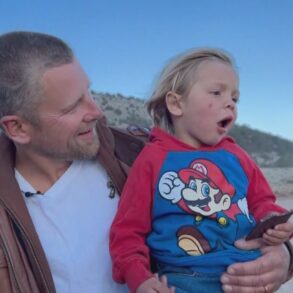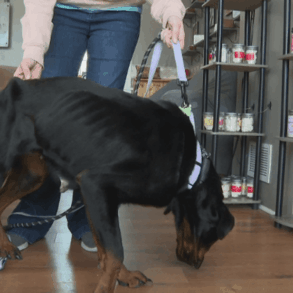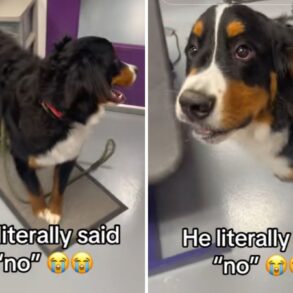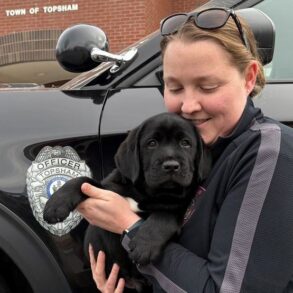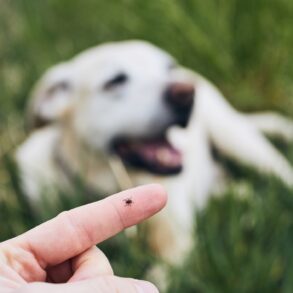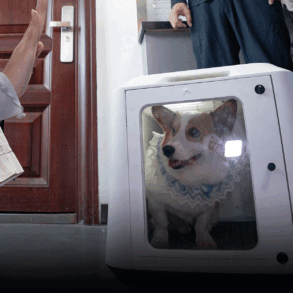You may have heard about love languages before — the popular theory that suggests every person has a particular way of showing and receiving love. In people, there are five bigs ones: words of affirmation, quality time, physical touch, acts of service and receiving gifts. Knowing yours, and your romantic partner’s, is thought to help bring couples closer together.
The same, it turns out, is true with dogs. Our canine friends have specific and diverse preferences when it comes to how they express and understand affection.
“Just like humans, understanding what makes them feel loved ultimately enhances their overall well-being, ensuring they feel valued, safe and understood in their human’s care,” Dr. Ashly Smith, the regional medical director of Small Door Veterinary, told HuffPost.
Here’s what dog love languages are ― and how to figure out what your pup’s is:
What, exactly, are dog love languages?
If you have a dog, you’re probably well aware that they wag or act extra excited during certain activities. Maybe that’s when you teach them tricks, take them on hikes or cuddle on the couch together. According to Smith, that’s because every dog has their own love language, or way they best receive affection and positive reinforcement.
“While they can’t communicate in words, dogs express clear preferences for how they like to interact and be rewarded,” Smith said.
And just like humans, dogs have a range of preferences. Some respond enthusiastically to food, while others are more motivated by verbal praise, physical touch and interactive play, according to Smith.
Dr. Rebecca Greenstein, a veterinary medical adviser for Rover, said some feel most connected when they’re being heavily praised and doted on by their humans.
My dog Ollie? He’s a tug of war guy. Whereas Smith’s dog, Tootsie Roll, thrives on verbal praise and belly rubs. “That’s when she is the happiest,” she said.
Your dog’s love language is likely influenced by their breed and their personality. Working dogs, such as huskies and boxers, may become invigorated when they’re given a task or job. A herding dog, on the other hand, may light up when they’re taken to an agility course.

Knowing your dog’s love language can strengthen your bond.
The reason it’s worth knowing how your pooch likes to show and receive love? It can foster trust and help you build a deeper connection.
“Catering to their individual needs tends to lead to a happier, more well-adjusted pet, and a more rewarding relationship for both dog and owner,” Smith said.
Better yet: When dogs receive affection the way they prefer, they’re more likely to respond to commands and training.
So, how can you figure out your pup’s love language? It’s pretty simple, according to Smith. If they respond positively to treats, they’re likely food motivated. If they lean in for pets or often cuddle up to you, they may be more into touches. Dogs who adore their toys likely thrive on playing with their pack and those that love tricks may equate love with being assigned a tough task.
Dogs that simply like to sit near you or always be in the same room (bathroom included) may prioritize quality time with their person.“Every dog is unique,” she added, and “some may have a mix of these preferences.”
Once you know your dog’s love language, cater to it. It’s absolutely worth planning activities based around your dog’s preferences.
If your dog’s into food, make a point to incorporate treats into games or training sessions. If physical touch is their thing, invite them onto the couch or in bed for a good snuggle sesh. Take your play-oriented dog out for a game of fetch, and teach your task-hungry dog a new, challenging trick or take them to an agility course.
And the pup that always has to be by your side? Include them in daily activities, bring them along for errands, or set aside time to just chill with them, Smith recommended.
We Don’t Work For Billionaires. We Work For You.
Already contributed? Log in to hide these messages.
Investing time and energy into your dog’s love languages will increase your sense of belonging with one another, Greenstein said.
“Just like in any relationship, knowing what makes your (fur) partner tick emotionally is a key step in making them feel safe and rewarded,” she said.
rnrn”,”
rnrn”,”
rnrn”],”adCount”:0}}”>
This post was originally published on this site be sure to check out more of their content.
